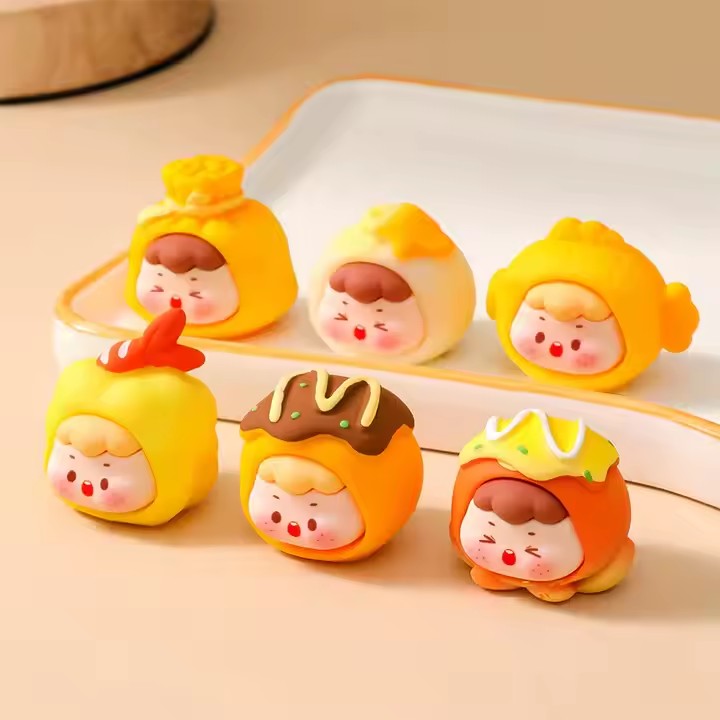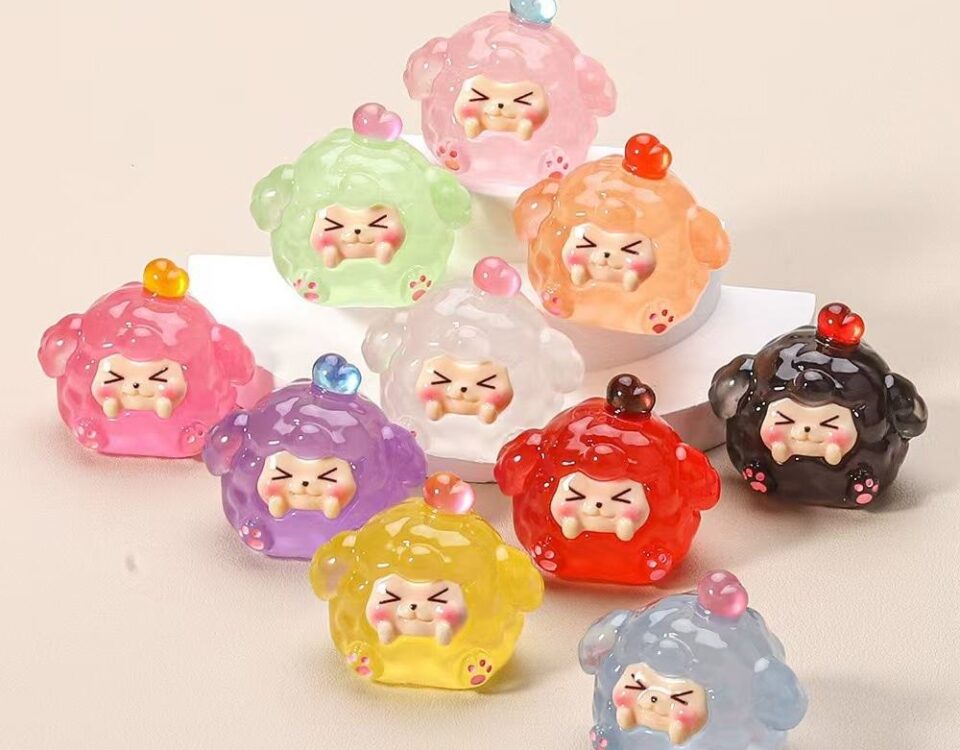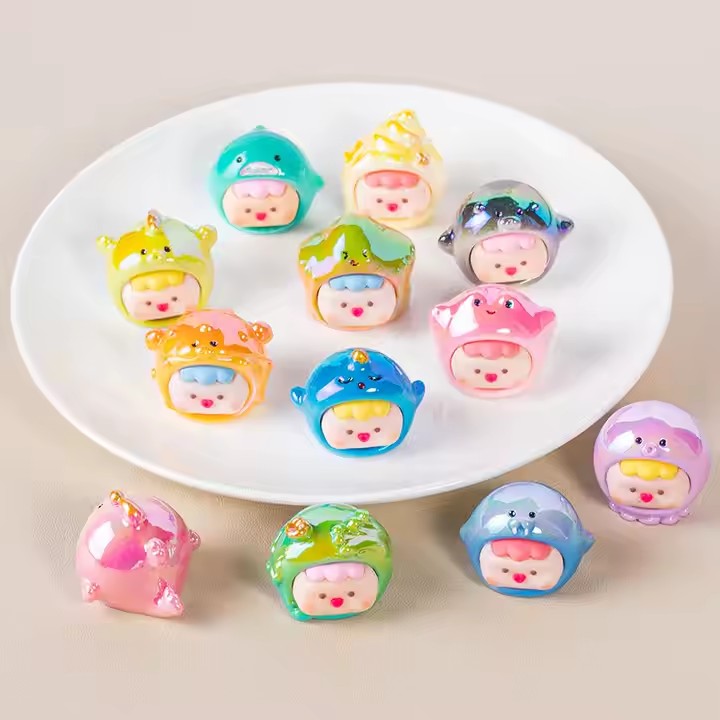How Different Materials Affect the Quality of Cartoon Figures

Inside the Factory: How Are Cartoon Figurines Made?
2025-07-17
3D Printing vs Traditional Molding: What’s Better for Custom Cartoon Figures?
2025-07-17


How Different Materials Affect the Quality of Cartoon Figures
In the world of custom cartoon figures, material selection is one of the most critical decisions in the production process. It doesn’t just impact how the final product looks—it affects weight, texture, color durability, cost, and even the customer experience.
Whether you’re a wholesaler, brand owner, or creative studio looking to create custom figurines, understanding how different materials behave can help you make smarter choices.
1. PVC (Polyvinyl Chloride)
✅ Pros:
-
Highly durable and flexible
-
Excellent for small details
-
Affordable for mass production
-
Compatible with multiple painting techniques
⚠️ Cons:
-
Can become brittle over time under UV exposure
-
Not suitable for very large or soft parts
📌 Best for:
Mainstream collectible figures, toys, and characters with sharp or fine design details.
2. ABS (Acrylonitrile Butadiene Styrene)
✅ Pros:
-
Very strong and rigid
-
Smooth surface finish
-
Great for mechanical or jointed parts (e.g., arms, heads)
⚠️ Cons:
-
Less flexible than PVC
-
More expensive
-
Not ideal for organic or soft forms
📌 Best for:
Structural components, articulated figures, premium collectible toys.
3. Resin (Polyresin / PU Resin)
✅ Pros:
-
Superior detail and surface quality
-
Excellent for small production runs and prototypes
-
Weighty, premium feel
⚠️ Cons:
-
Fragile and prone to breakage
-
Heavier and more expensive
-
Not ideal for children’s toys
📌 Best for:
High-end art toys, display models, collectibles, low-quantity or niche figurines.
4. Vinyl (Soft Vinyl / Sofubi)
✅ Pros:
-
Lightweight and squeezable
-
Soft-touch feel
-
Great for larger, rounded or stylized figures
-
Popular in designer toys and urban art scenes
⚠️ Cons:
-
Limited surface detail
-
Can deform under heat
-
Softer, more flexible than PVC or ABS
📌 Best for:
Mascots, stylized characters, retro-style or kawaii (cute) figures.
5. Silicone
✅ Pros:
-
Ultra-flexible and soft
-
Skin-like texture
-
Safe for children and pet products
⚠️ Cons:
-
Difficult to paint or print
-
Limited in form stability
-
High cost for detailed shapes
📌 Best for:
Stress-relief toys, novelty figures, wearable figurines, promotional mascots.
6. Eco-Friendly & Biodegradable Materials
As sustainability becomes more important, many clients ask about eco-materials, such as:
-
PLA (corn-based plastic)
-
Bamboo composites
-
Recycled resins
✅ Pros:
-
Eco-conscious branding
-
Some are fully compostable or recyclable
⚠️ Cons:
-
Limited durability or finish
-
More expensive
-
Fewer color and texture options
🧠 Final Thoughts: Which Material Should You Choose?
The “best” material depends on your project goals:
| Goal | Suggested Material |
|---|---|
| Cost-effective mass production | PVC |
| Structural strength | ABS |
| Premium display quality | Resin |
| Soft and stylized design | Soft Vinyl |
| Safe, soft, non-toxic | Silicone |
| Eco-conscious product | PLA / Recycled Resin |
When choosing a manufacturing partner, make sure they understand how to match your character’s function and target market with the right material.
At [Your Company Name], we provide material consultation as part of our OEM/ODM service. From high-end collector’s items to fun promotional figurines, we help you choose what works best—functionally, financially, and aesthetically.
📩 Have a project in mind?
Contact us for free samples or material comparisons tailored to your figure design.



